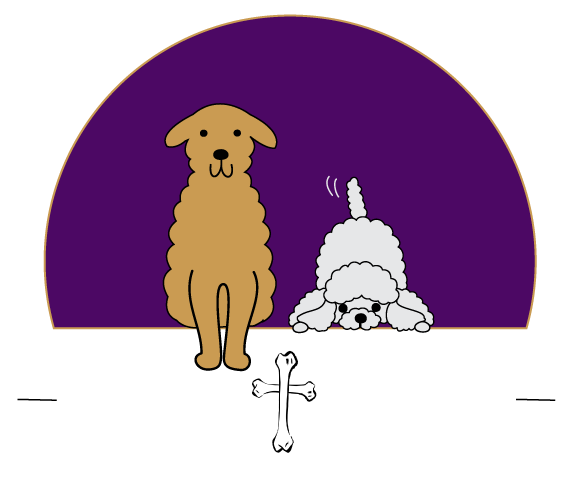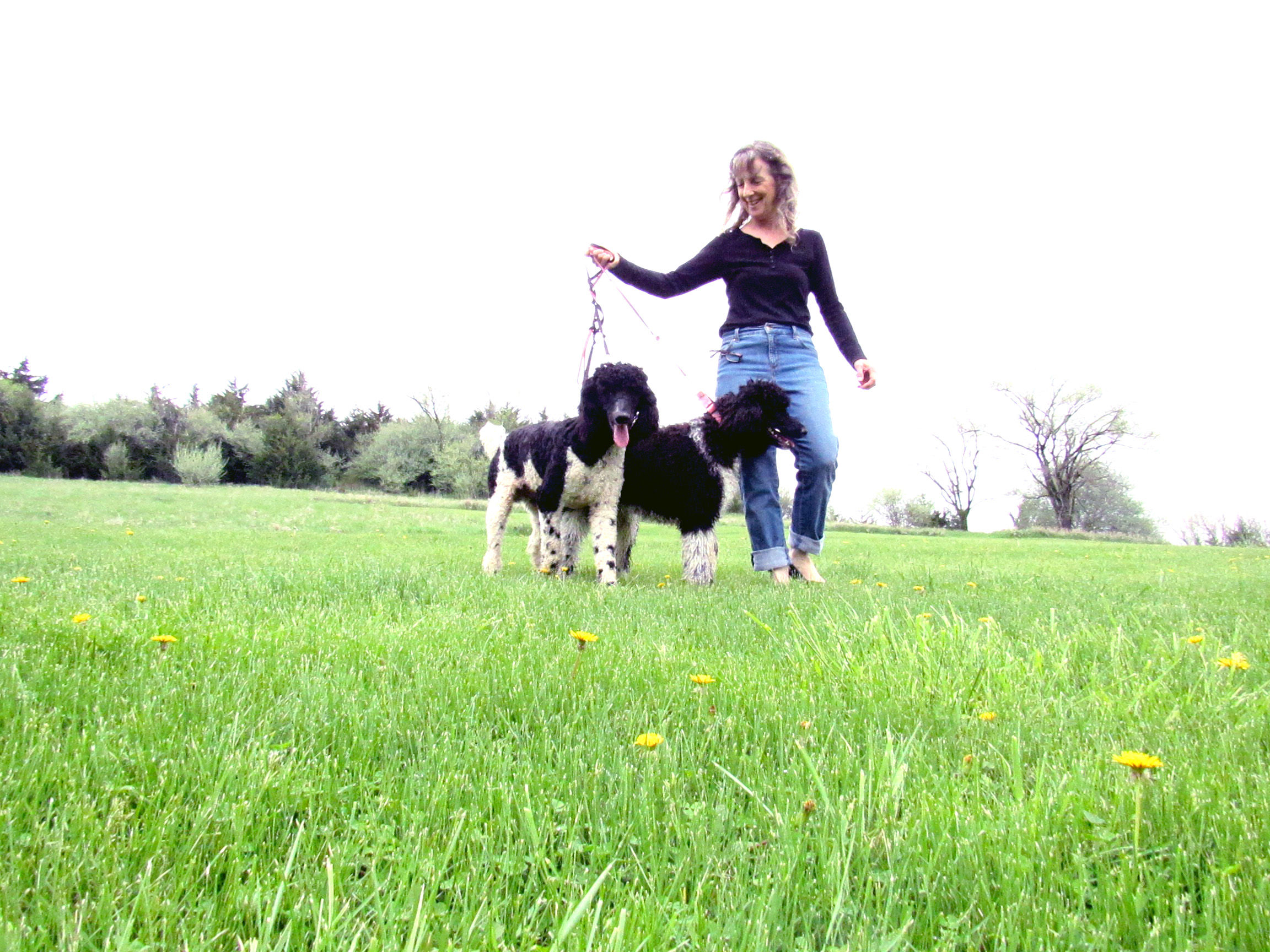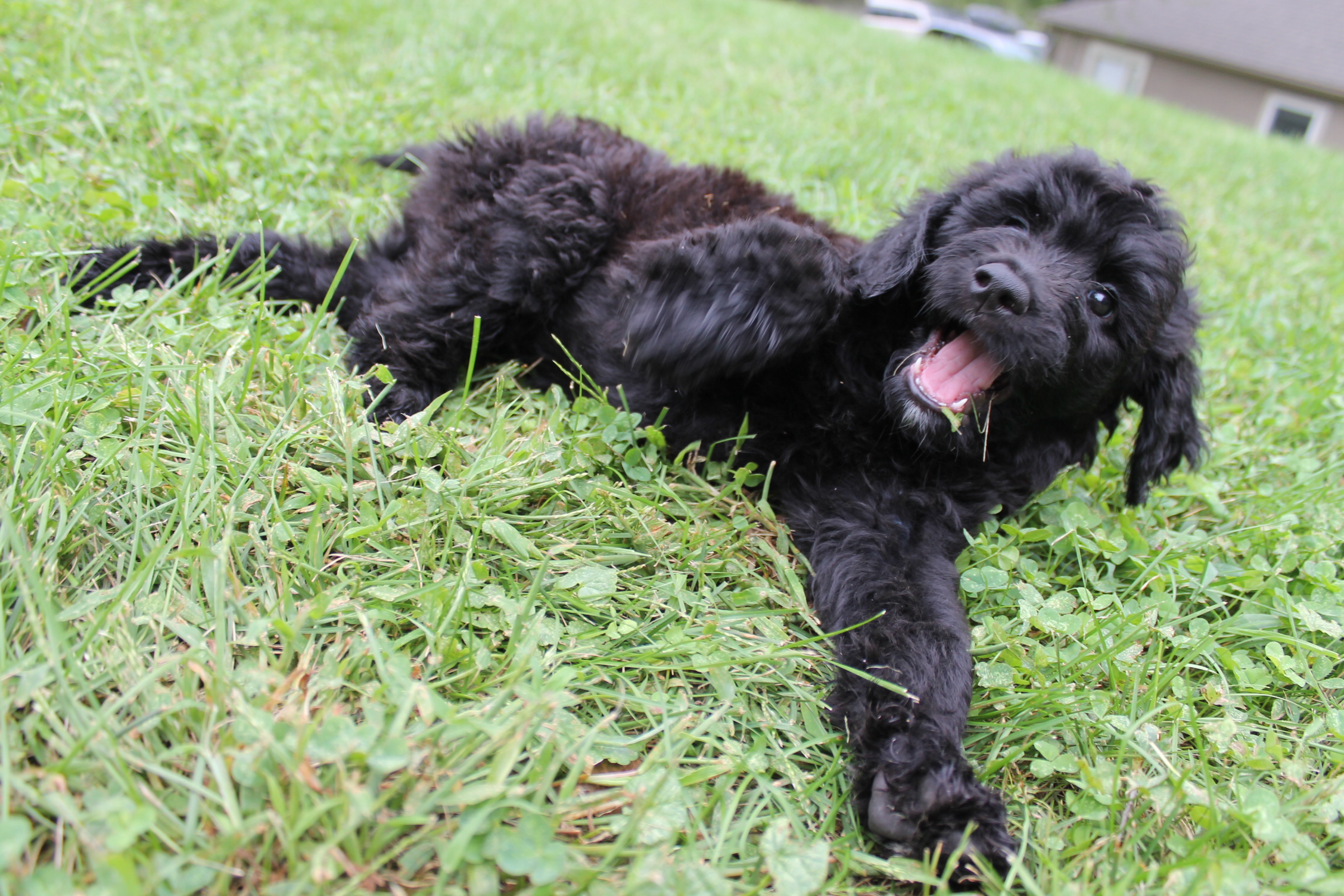We aren’t veterinarians, and wouldn’t presume to tell you what to do for your pet, but what we can do is share with you information we have found in our research to support your pet’s health from this point forward.
Dr. Leo Galland, author of Super Immunity for Kids and Power Healing, believes “It is no accident that the most allergic generation in history has been raised on antibiotics.” This applies to animals as well as humans. Antibiotics are used in the manufacture of many medications and vaccines. Antibiotics are also typically given for 5 days to young puppies after they receive their first vaccines. Why? Because, as research shows, the immune system of the vaccinated individual is left compromised, so they are more likely to get sick.
Besides allergies, asthma, and overall poor health, antibiotics have also been linked to chronic bloating, fatigue, constipation, poor memory, depression, short attention span, environmental sensitivities, moodiness, learning disabilities, and asthma.
What do antibiotics do to the immune system? The immune cells typically damaged by antibiotics include: Neutrophils (these combat and destroy bacteria), T-cell lymphocytes (needed to destroy foreign tissue, virus infected cells, and cancer cells), B-cell lymphocytes (produce antibodies to counter most infections and cancer cells), interferon and interleukin (essential to a healthy immune system and prevention of cancer), macrophages (engulf foreign particles), and monocytes (clean up cellular debris after an infection).
Besides the damage to the immune system, antibiotics also rob the body of the following nutrients
N-Acetyl cysteine, necessary for a healthy thyroid, adrenal glands and immune function, and healing. Without N-Acetyl cysteine, the body cannot properly use potassium gluconate or biotin, both necessary to remain healthy and to fight cancer. In the last 30 years, as vaccine and antibiotic use has increased in animals, the number of these diseases has also skyrocketed.
Antibiotics also:
-
- Decrease absorption of calcium, needed for bones, teeth, spine development, kidney and heart health.
-
- Vitamin B12, needed to prevent depression and anxiety, and adjust to motion
-
- B-vitamins in general, needed for a healthy nervous system, and to be able to flush lead from the body
-
- Decrease or block the use of fluorine, the mineral needed for making strong enamel on the teeth, and strong bones.
-
- Inhibit the use of rutin, which is necessary for healthy hair, nails, arteries and veins. Rutin is also necessary for the use of chondroitin for healthy joints and to be able to flush nickel from the body.
-
- Production of vitamin K, needed for normal blood clotting.
- Protein digestion, especially meat, can also be interfered with because of antibiotic use. The amino acids found in meats are needed by the body for it to heal properly after an injury or surgery. They also make muscle growth and strength possible.
What are the long term effects of a single round of antibiotics? The expectation in the health community that you can just fix the damage with probiotics and/or fermented foods and that gut flora magically returns to normal is far from accurate. Evidence is now emerging from multiple sources that gut flora may actually be permanently altered by antibiotics or, at the very least, the damage persists for several years.
According to Dr. Martin Blaser, MD, of New York University’s Langone Medical Center, who writes in the August 2011 edition of Nature, “Early evidence from my lab and others hints that, sometimes, our friendly flora never fully recover. These long-term changes to the beneficial bacteria within people’s bodies may even increase our susceptibility to infections and disease. Overuse of antibiotics could be fueling the dramatic increase in conditions such as obesity, type 1 diabetes, inflammatory bowel disease, allergies and asthma, which have more than doubled in many populations.” Blaser also states that: “Each generation … could be beginning life with a smaller endowment of ancient microbes than the last.” If an illness isn’t life threatening, skip the antibiotics. The risk to your future health is just too great otherwise.
What this means is that taking antibiotics today for an illness that is not life threatening may in fact lead to a growth of superbugs in your gut that could actually threaten your life down the road and prevent antibiotics from working for you when you desperately need it.
Sources:
Gut Damage from Antibiotics Persists for Long Periods of Time, The Journal Microbiology reports that the generally acknowledged precept that use of antibiotics only causes disruption of the gut flora for a few weeks is highly flawed. Microbiology November 2010 vol. 156 no. 11 3216-3223
Antibiotic Dangers, from the Healthy Home Economist, Jan. 2013
Even a short course of antibiotics can lead to resistant bacterial populations taking up residence in the gut that persists for up to 4 years – maybe even longer. PLoS One. 2010 Mar 24;5(3):e9836. doi: 10.1371/journal.pone.0009836.
Short-term antibiotic treatment has differing long-term impacts on the human throat and gut microbiome.
Jakobsson HE, Jernberg C, Andersson AF, Sjölund-Karlsson M, Jansson JK, Engstrand L.
Department of Bacteriology, Swedish Institute for Infectious Disease Control, Solna, Sweden.Sources: Long-Term Impacts of Antibiotic Exposure on the Human Intestinal Microbiota, Microbiology, November 2010
Short-term antibiotic treatment has differing long-term impacts on the human throat and gut microbiome, PLoS One. March 2010
Antibiotic Overuse: Stop the Killing of Beneficial Bacteria, Nature, August 2011








